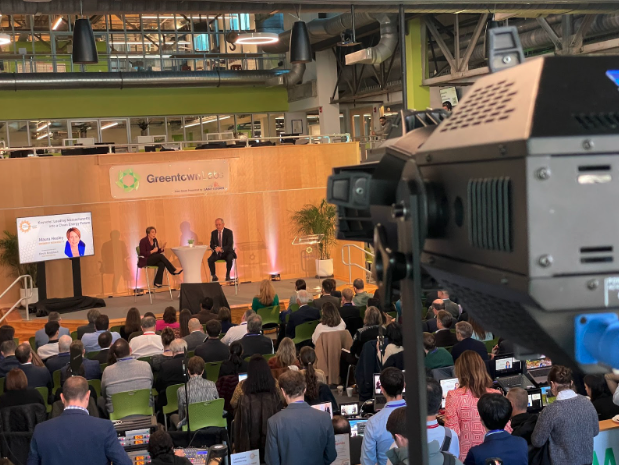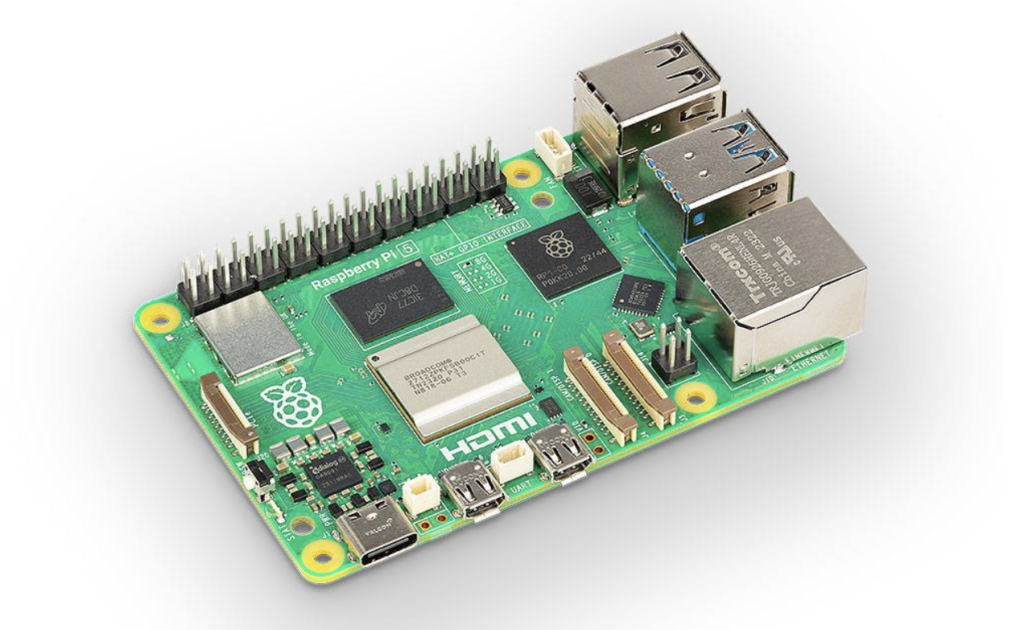Anti-Prototyping: Product Development Exercises That Can Alleviate Inventor Burnout
Product Development

Building new technology requires exhausting cycles of prototyping, which can sometimes lead to inventor burnout. Enventys Partners explains how anti-prototyping, the practice of discovery and building for fun, can help new and experienced inventors, alike, learn skills and rejuvenate creativity.
Anti-Protoyping: Product Development Exercises That Can Alleviate Inventor Burnout
Building new technology requires exhausting cycles of prototyping, which can sometimes lead to inventor burnout. Enventys Partners explains how anti-prototyping can help new and experienced inventors, alike, learn skills and rejuvenate creativity.
Take a Break and Unprototype
Prototyping can be very rewarding, yet it is just as often laborsome. Since it is a discovery process, it requires seemingly endless building and testing cycles to make new technology work. Weeks, months and sometimes years of building prototypes can be frustrating and lead to innovator burnout. When I find this is happening, I turn to activities that I call “anti-typing.”
What are “Anti-Typing” Exercises
Anti-typing activities focus on discovery and building for their own sake, unburdened from creating an innovative and monetizable solution. I enjoy two flavors of anti-typing: one is taking things apart and the other is building from kits. In their separate ways, both are beneficial for building skills that alleviate inventor burnout.
Exercise #1: Take Products Apart
Taking apart existing products is a great way to learn how products are engineered to be built at scale. It often takes years for a product to make it into the marketplace and results from myriad decisions from engineers, designers, and marketing professionals along the way. Looking under the hood reveals clues as to the way it’s made.
See How It’s Made and How It Works
Dismembering products reveals how the parts were molded and the witness marks inside the parts from unpolished steel tooling. You can also observe the way plastics are ribbed out, understand how the screw bosses were formed to keep consistent wall thicknesses and respect the direction of how the tool opens and closes. Additionally, you can take a closer look at the electromechanical systems, including the requisite motors, gears and switches, that perform the product’s intended function.

Taking apart this broken 3D printer revealed some interesting drive components and manufacturing techniques.
Broken Products Give Perspective
With so much creative problem solving housed inside of every consumer product, it is no wonder you often hear engineers and designers say that they took something apart “just to see what was inside.” Even taking apart broken products helps you find clues about how it was used or misused and how it may have broken. Understanding failure in a busted product can inspire better problem-solving in your prototyping activities.
Getting Curious with a Kitchen Mixer
I recently had a kitchen mixer fail after making a cheesecake. I didn’t let the cream cheese soften enough, so it stuck to the blade. The mixer began making grinding noises, and then only one of the mixing blades would spin. I had a suspicion that the gears had failed, so I looked inside the mixer to confirm this. I saw that one of the drive gears had damaged teeth, preventing it from spinning. Unfortunately, there was no way to fix the mixer, but it was a great way to see the product’s guts and what parts were vulnerable to non-standard use.
Exercise #2: Build from a Kit
The other type of anti-typing is building something from a kit or a recipe. When you create a kit or use a tutorial to make something, the result is known with a fixed endpoint. While you are not iterating to find a solution to a problem, it is a way to prototype a process and learn tools that can be useful when working on real innovation.
Follow a Tried and True Recipe
For example, you may buy a bag of chocolate chips from the grocery store and use the recipe on the back of the package to make chocolate chip cookies. The process is defined and the end goal is a known state. However, after making that recipe a few times, you will have gained the experience using the tools and going through the process, that then you have the confidence to start tweaking the recipe. You may add a dash of cinnamon for the next batch, a little more butter to soften them up, or some coconut flakes for added flavor. The kit or recipe provides a formula that familiarizes you with a phenomenon that can be manipulated and improved once known.

Building electronic kits keeps all of the fun with none of the pressure of making design decisions.
Remove the Pressure and Learn Something New
What I love about building kits is that the pressure is off. With a known and desired result, there is no anxiety or ambiguity about the next step. Kits provide guardrails that allow you to enjoy the experience of creation without the expectation of solving a problem or the fear of a wrong design decision. When you build an electronics kit, you are unburdened from calculating the resistor values, spec components for a PCB, or developing custom code. You can just enjoy the build and explore the fully developed code to see how it drives the circuit’s function. When you build a model racecar, you don’t have the pressure to design a full-scale car with the expectation of winning a race. You can enjoy seeing the car’s design in 3D and imagine the design decisions that led to the final result.
Relax and Enjoy the Build
We can often fall out of love from our passions from time to time and prototyping is no different. Stretching can relax our muscles and meditation can soothe our minds. Similarly, anti-typing activities can refresh our energy and provide new knowledge in order to accelerate our next product development pursuits.

Building a model car has a known result and can reveal design details of the real car.
Prototype with Enventys Partners
If your prototyping (and anti-prototyping) activities have led you to a dead-end, get in touch with the experts! Enventys Partners can turn your dream prototype into a functional, highly-aesthetic and refined product that’s ready for manufacturing, crowdfunding and beyond.
Work With Us
Want to learn more about how we’d prepare your product for launch? Request a quote today.
Want To See This Advice In Action?
Check out our case studies and learn more about how we’ve achieved stellar results for our clients.



